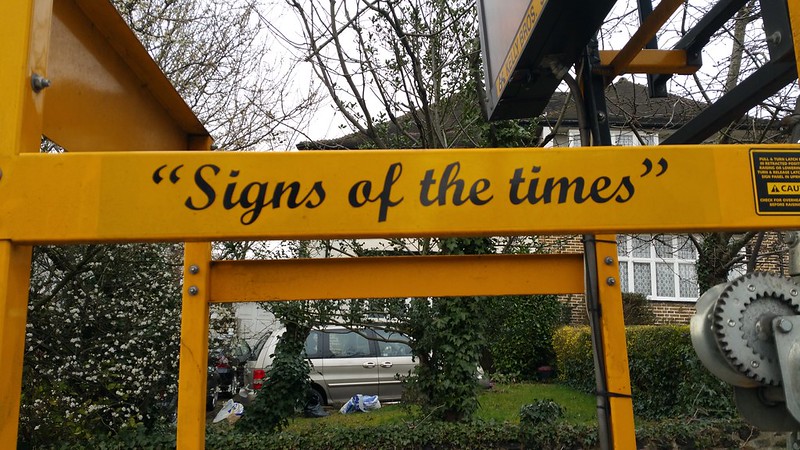
In my years of living in Stamford Hill and Harringay, Enfield has always felt so close because we were right by the stations with direct train services going to Enfield (Abellio Greater Anglia's Lea Valley Line and Great Northern's Hertford Loop). And I suppose it is typically still referred to as the "London Borough of Enfield", even though it is technically Middlesex and it has its own postcode zone (EN). And if one considers the distance, a trip to Enfield honestly is a trip out of London. If Harringay is given a rough estimate of being about 5/6 miles away from Central, then Enfield is a whopping 10/11 miles from Central, depending on what you want to refer to as the centre of London. On the map it looks like this:

So what is there to see in Enfield?
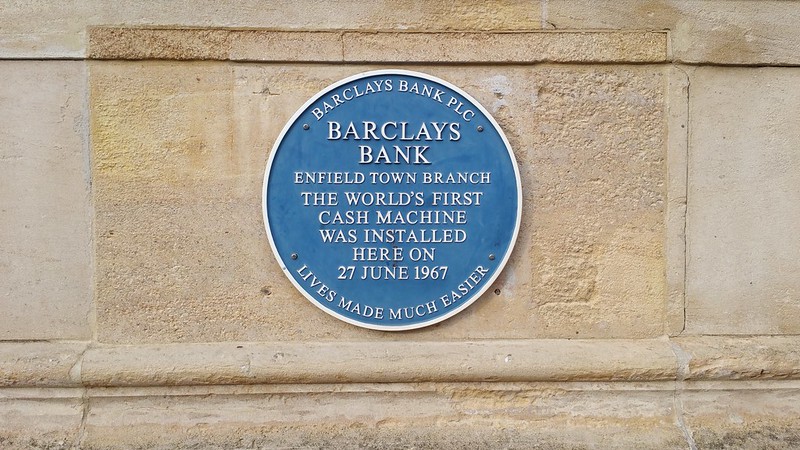
For one it is the site of the FIRST CASH MACHINE IN THE WORLD! A modest blue plaque stands outside the Barclays Bank in Enfield Town, proclaiming the words "LIVES MADE MUCH EASIER". As I began writing this some months after having visited Enfield Town on several occasions (the most recent of which was 3 March 2017, to which this post will be dated), I realised that today (27 June 2017, the date that I" writing this post) is coincidentally the 50th anniversary of the unveiling of this machine!
The first cash machine or hole in the wall was opened by comedian Reg Varney (the star of "On the Buses", which if you're not familiar with, is truly a show of its time - ultimate 70s bawdy innuendo - and speaking of Enfields, Harry Enfield together with Paul Whitehouse did do a hilarious On the Buses spoof).
All you could have taken out from this cash machine at the time was £10, but according to Bank of England's Inflation calculator, £10 back in 1967 would have been the equivalent of £166.57 in 2016. Nevertheless it was already supposed to have been a revolution at the time - getting cash out from the bank on the weekend? Oh my! How things have changed in 50 years; here we are in 2017 and the bank I use has just closed every single branch that I've ever used within London!.
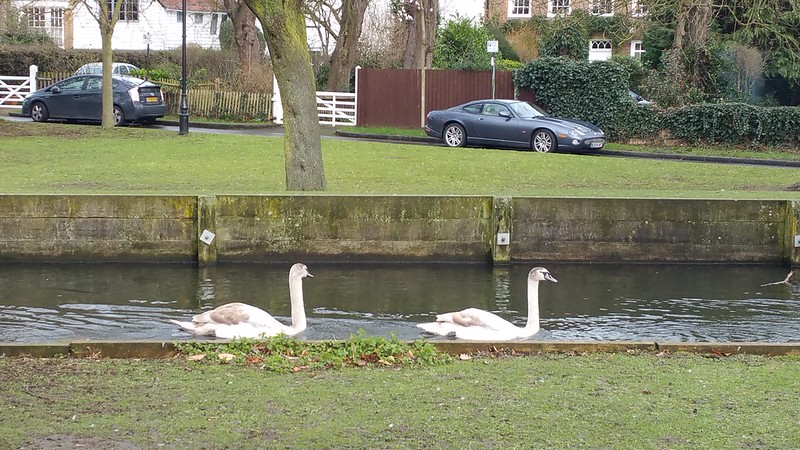
This is the same New River which flows from up in Hertfordshire, past our house in Green Lanes, and all the way down to the Woodberry Wetlands in Stoke Newington. Neither actually a River nor "new", this is an artificial waterway dating from 1613 which supplies London with fresh drinking water from the River Lea.
In 1823 in his Essays of Elia, Charles Lamb raged and railed against the New River after apparently witnessing a dear friend nearly drowning in the New River, which he apparently felt as a swan-less spirit-less man-made tributary was not worthy of claiming the lives of poets:
Waters of Sir Hugh Middleton—what a spark you were like to have extinguished for ever! Your salubrious streams to this City, for now near two centuries, would hardly have atoned for what you were in a moment washing away. Mockery of a river — liquid artifice — wretched conduit! henceforth rank with canals, and sluggish aqueducts. Was it for this, that, smit in boyhood with the explorations of that Abyssinian traveller, I paced the vales of Amwell to explore your tributary springs, to trace your salutary waters sparkling through green Hertfordshire, and cultured Enfield parks?—Ye have no swans—no Naiads—no river God—or did the benevolent hoary aspect of my friend tempt ye to suck him in, that ye also might have the tutelary genius of your waters?
Oh if Charles Lamb were still alive to see the New River now... it is teeming with swans!
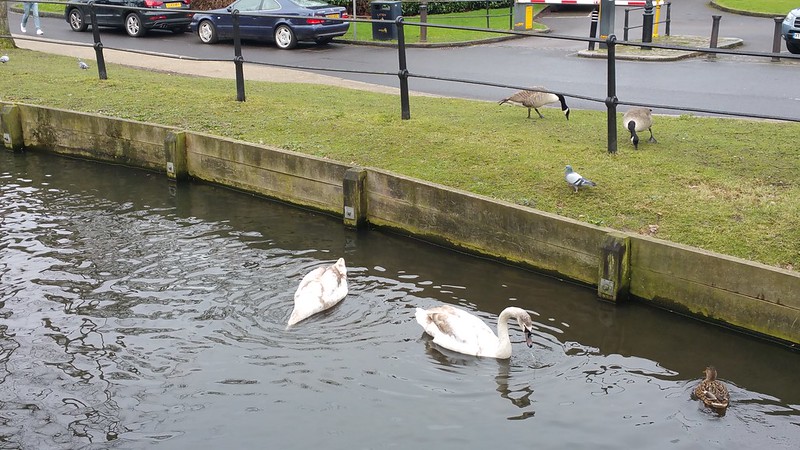
Swans!
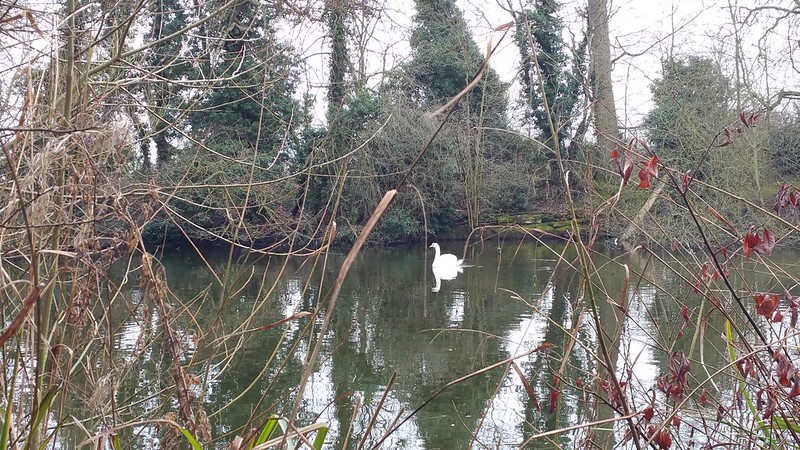
SWANNNS!!
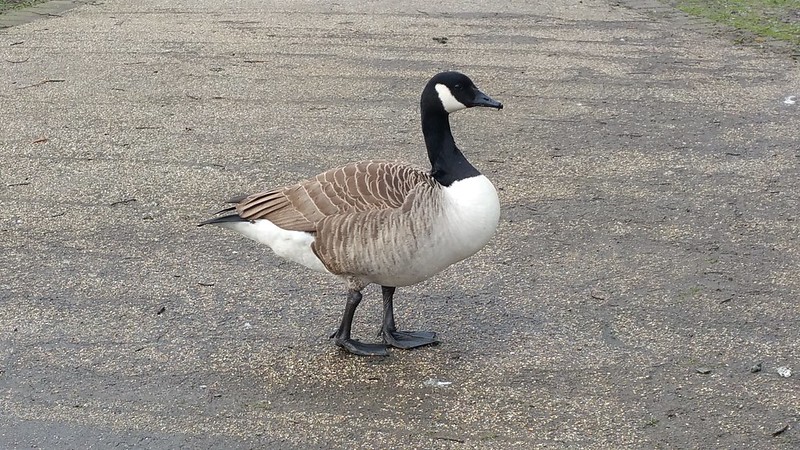
And also loads of Canadian Geese.
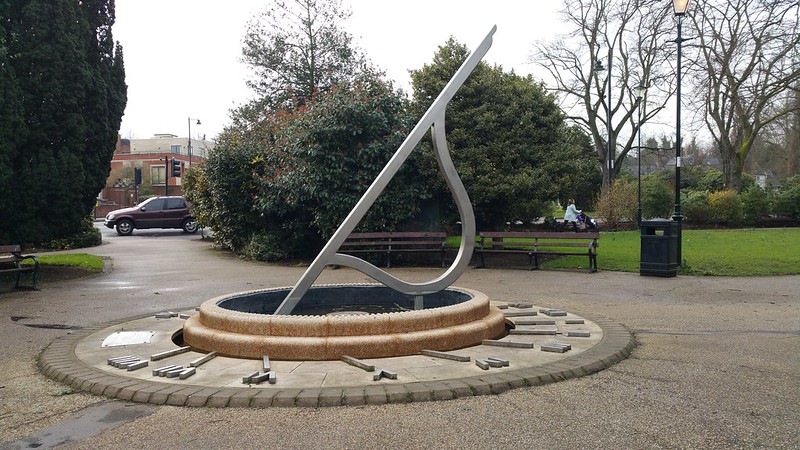
Enfield's Millennium Fountain
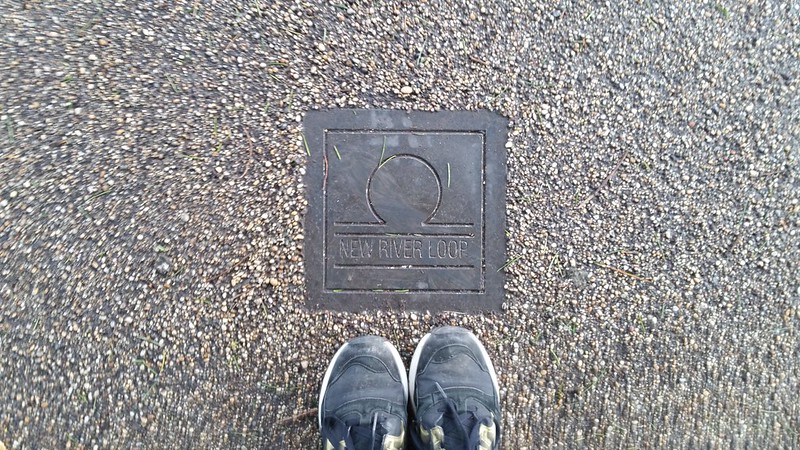
New River Loop...
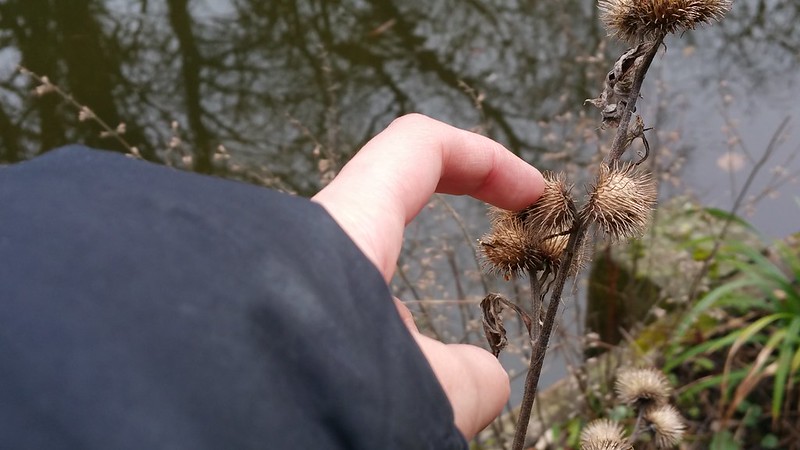
I walked around the New River and by the banks there were these lovely plants...
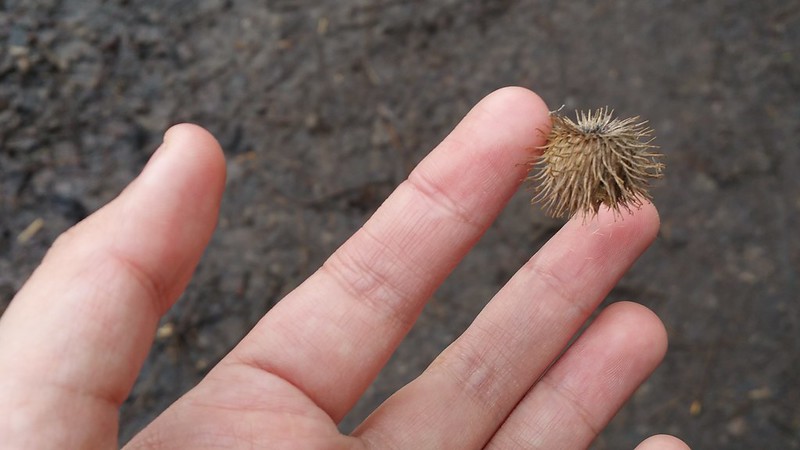
Which insisted on taking a ride on my hand.
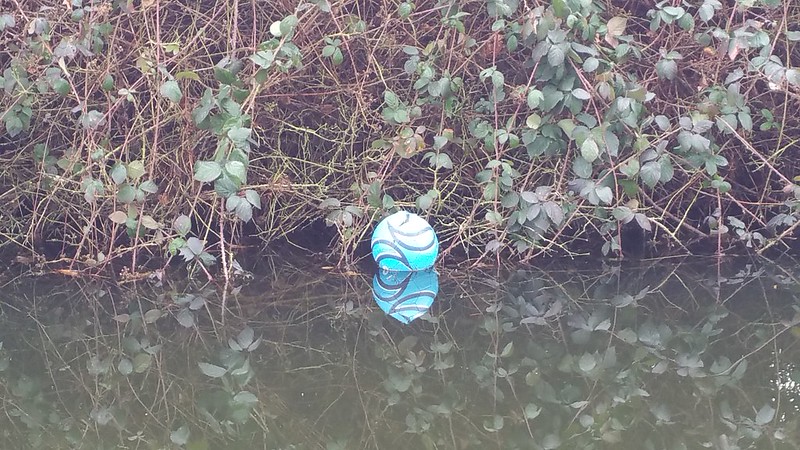
I probably need to write a post entirely dedicated to lost balls.
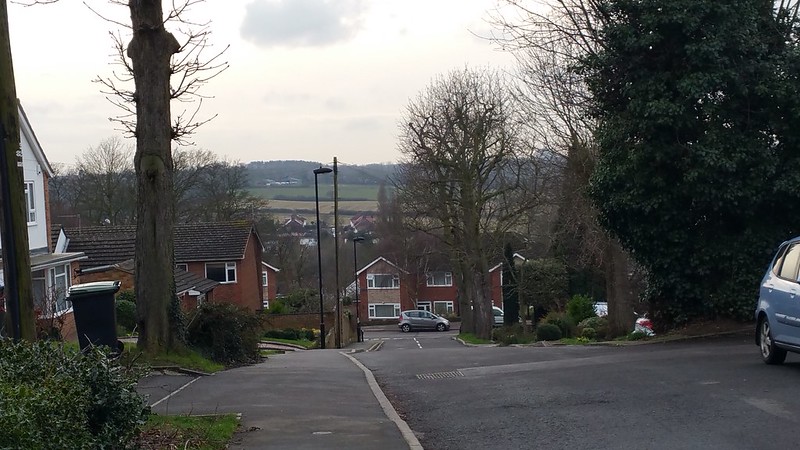
I walked westwards towards a place called "World's End". If you've been around London/UK you'll often see the term "World's End" which basically refers to anything which people melodramatically feel is so far away its basically at the end, or the boundary of their world. (or church parish)
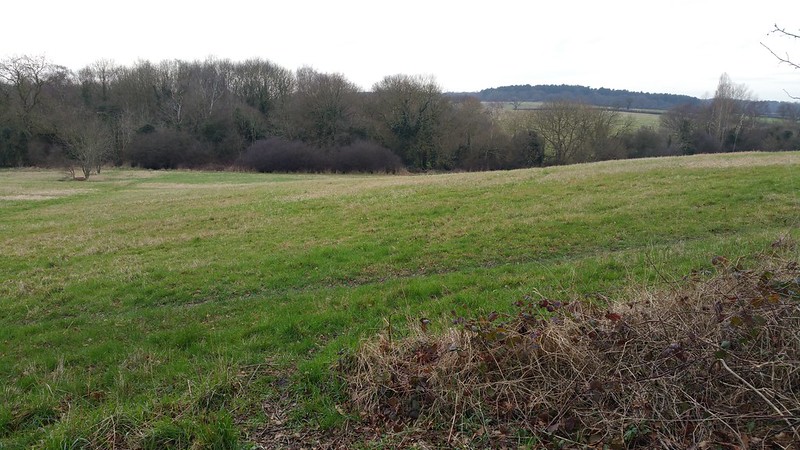
Indeed there are some vast fields which really feel like you're in the countryside.
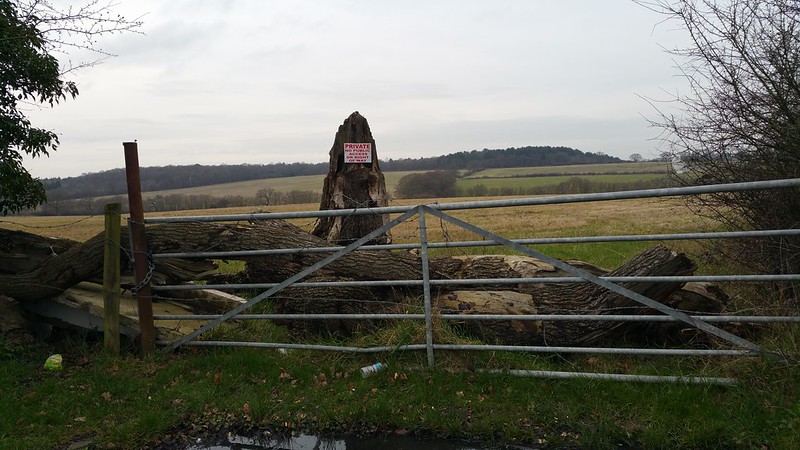
On google maps it is hard to tell sometimes if a field or green area can be crossed. That is if one takes the assumption that all green areas can be crossed by pedestrians, but this is not true. For the most part, if a green area is not publicly named, then it is probably not land in which the public has right of way. Which is unfortunate because sometimes you just want to walk from one place to another in a straight line and there's a temptingly open field in the way!
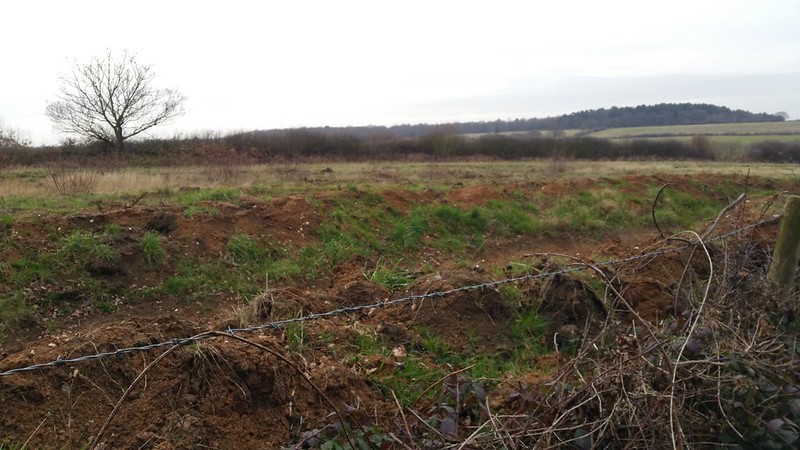
World's End consists of private land with significant amounts of barbed wire so don't be as foolish as me as to make an extended excursion around the perimeter of what looks like grassland when none of it can actually be entered/crossed.
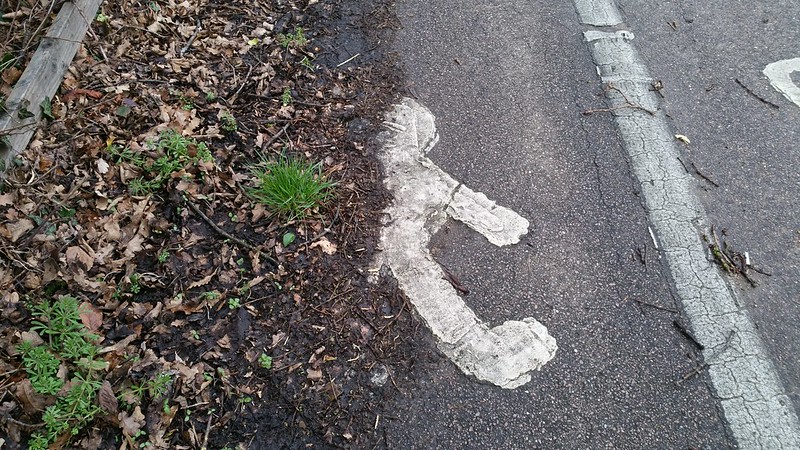
By this point I had already walked so much that I thought I may as well head on to Cockfosters via the A110, a thoroughly bleak highway with little to no pedestrians on it on a winter's day.
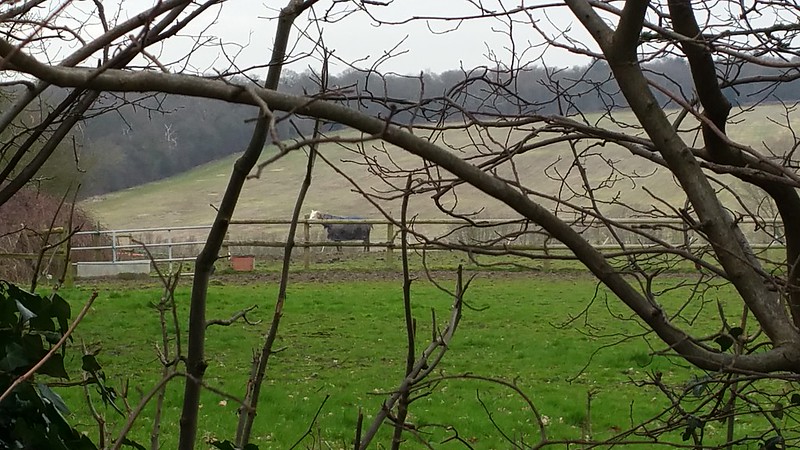
There was some distant neighing.
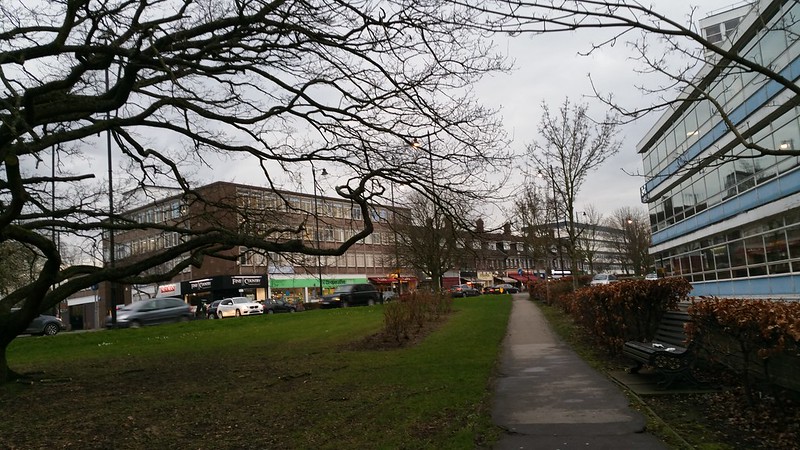
Eventually the road converged back into civilisation.
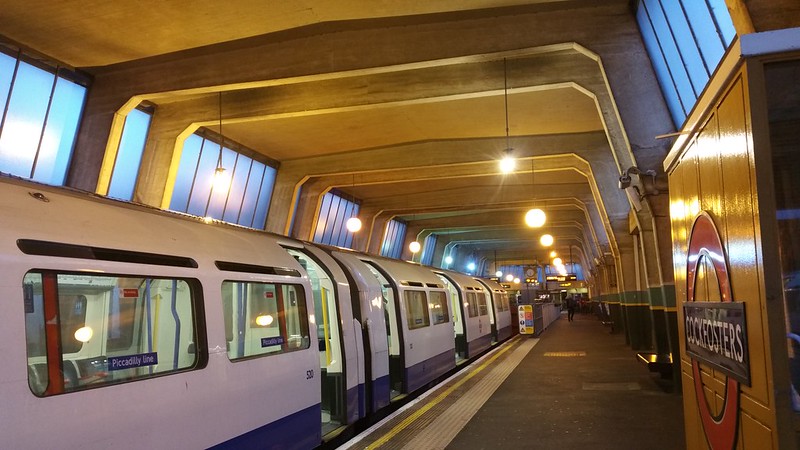
I did finally reach Cockfosters and its distinctively designed station, designed by Charles Holden and built in 1933.
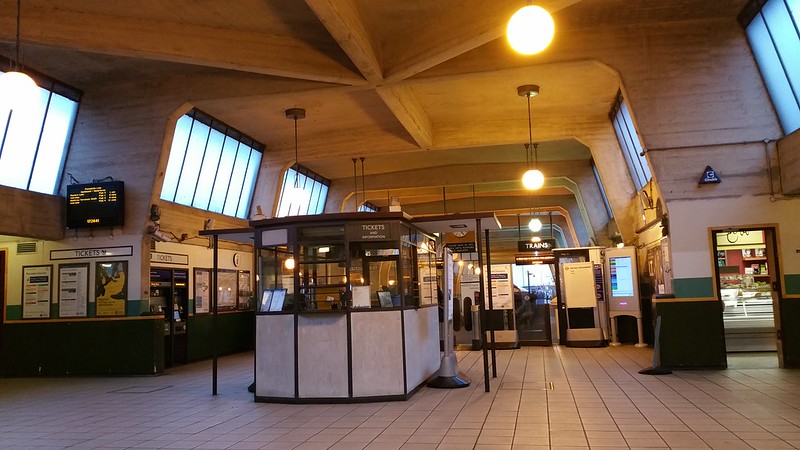
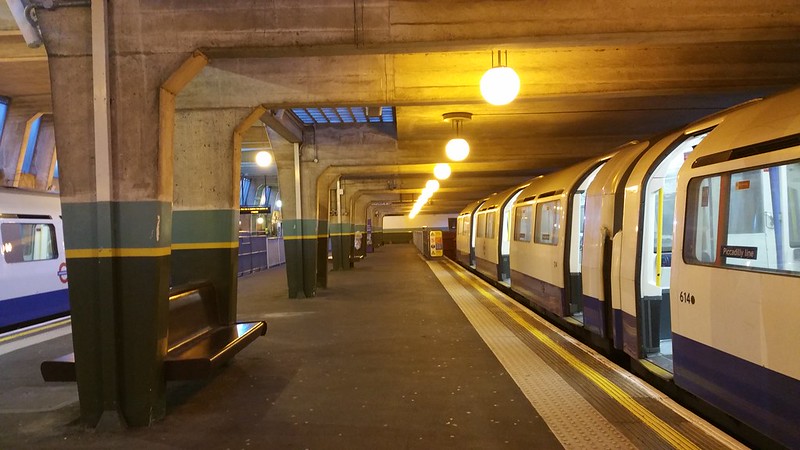
The Walk:
[I'm still backdating this post to 3 March 2017, which is when I took the pictures...]


No comments:
Post a Comment